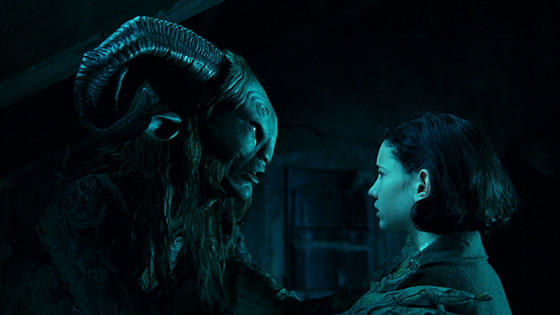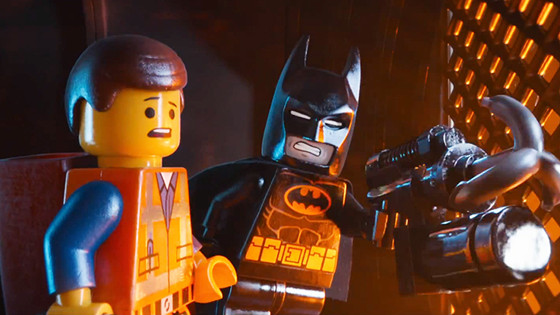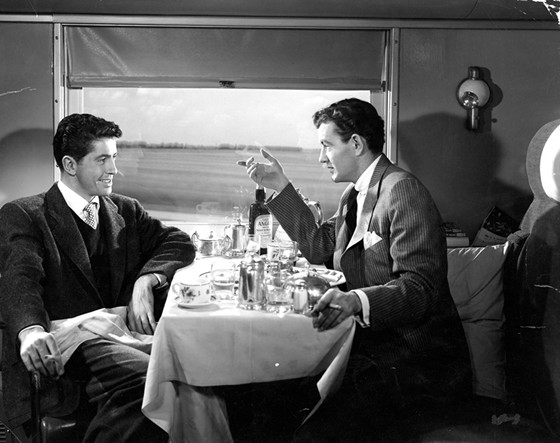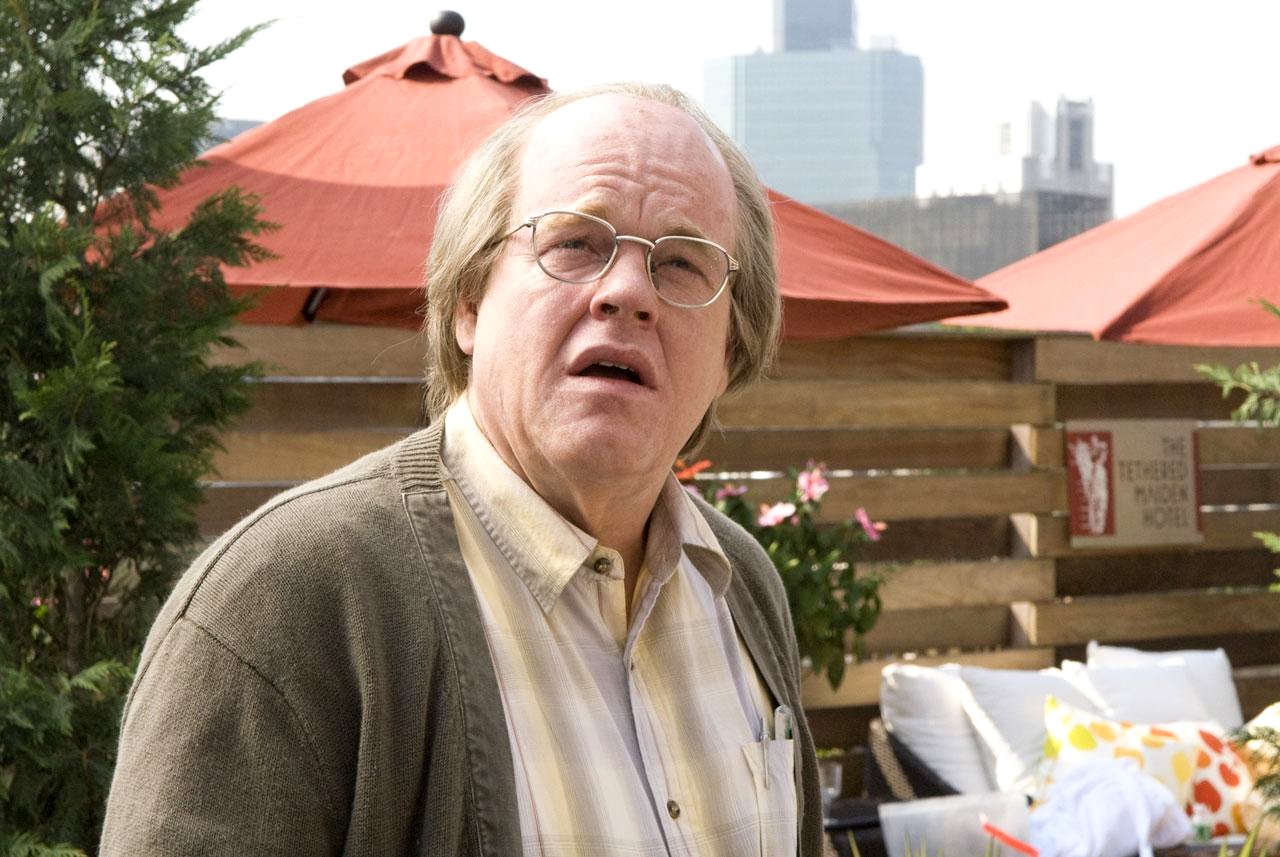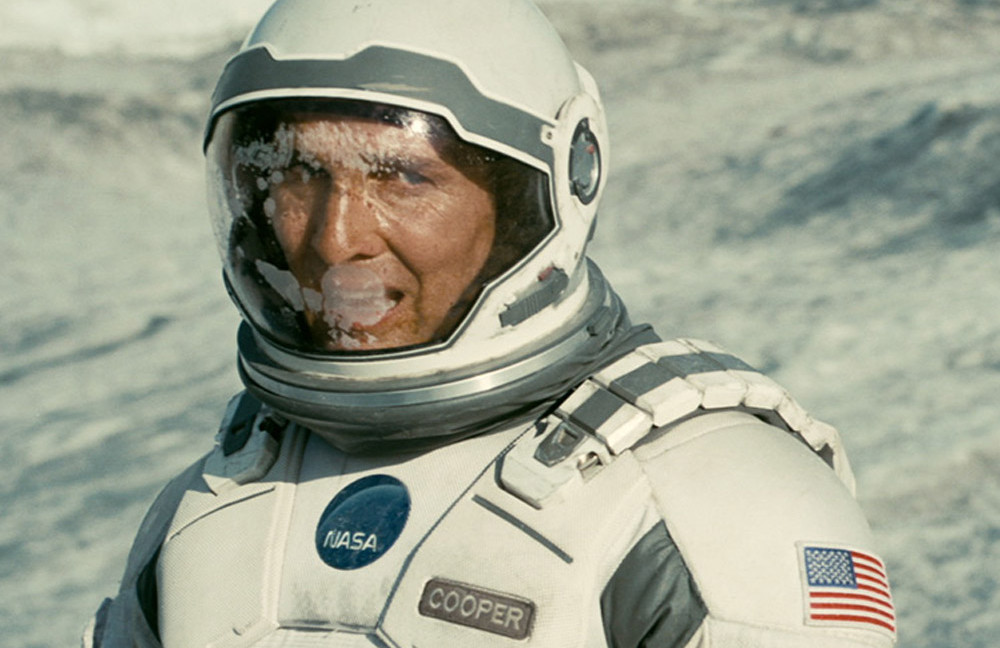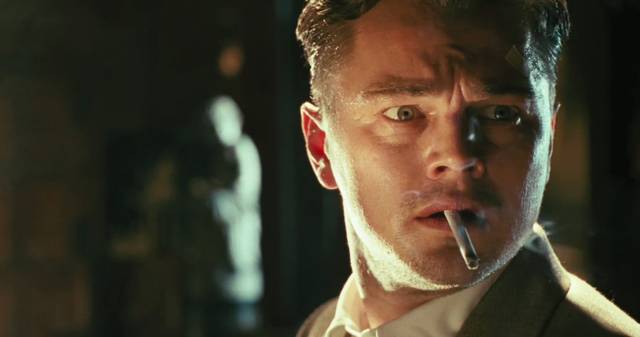You are trapped in a dark cave, chained up and forced to look forward onto a wall in front of you, and you have been in this position since your birth. On this wall, you see shadows of figures and objects illuminated by a fire positioned behind you. Sound familiar? One of the oldest thought experiments in philosophy’s history, Plato’s allegory of the cave serves as a vehicle to help his audience imagine a world or reality outside the one they know.
Nearly all philosophy is indebted to Plato in one way or another, so unsurprisingly many films allude to him and to his cave allegory in particular. In what is to follow, I list 10 great films that feature Platonic cave allegories. I limit this list to one film per director, though many of these directors have several great platonic films. What films would you add to this list?
1. The Lego Movie (2014)
Full of hidden messages and allusions, The Lego Movie is about a prophecy, which predicts one named “The Special” will prevent the evil “Lord Business” from using a weapon of mass destruction named the “Kragle” with the help of a “Piece of Resistance”. Construction worker Emmet Brickowski discovers a woman named Wyldstyle digging through his construction site and accidentally falls through a hole to discover this “Piece of Resistance”.
Emmet is therefore dubbed “The Special” and sets out to fight Lord Business. After being captured and watching his friend die, Emmet escapes and rallies the people of Lego World to fight against Lord Business. Analyzed at this level, the film seems a bit cliché, but there is much more depth.
When the real world is revealed to viewers, we realize a boy has been playing with Lego pieces and that “The Kragle” is actually Krazy Glue with letters missing from the tube. The boy’s father has been gluing the pieces together to keep them the way he envisioned Lego World, to his son’s chagrin.
Thanks to a speech Emmet gives, Lord Business reforms simultaneously while the boy’s father realizes that gluing the pieces together inhibits his son’s creativity, and so both worlds are saved as the “Piece of Resistance” is used to cap the “Kragle.” Thus, by turning to the higher realm, Emmet is able to save Lego World.
2. Strangers on a Train (1951)
Guy Haines (Farley Granger), a tennis star, wants to rid himself of his wife. In what can only be described as a perfect coincidence, he runs into Bruce Anthony (Robert Walker) on a train, who convinces him that he is the perfect person to commit such a murder. Bruce then stalks Guy’s wife at a carnival and eventually climbs onto a boat she and others are riding to an island.
Inside the cave, Hitchcock gives viewers an eerie remake of the cave allegory, as the camera follows the shadows of those in the boat just through a cave. In fact, of this list, this is the most visually allusive to the allegory of the cave. But, no Hitchcock film is truly a Hitchcock film without a murder, so anticipation builds and the film builds up to a dramatic climax.
3. Synecdoche, New York (2008)
Synecdoche, New York is a reverse application of the cave analogy, because it follows Caden Cotard (Phillip Seymour Hoffman), a theater director in Schenectady, as he leaves reality and enters the cave. After facing a series of awful and unfortunate events, he becomes obsessed with a play he is producing and devotes his entire life to making it his masterpiece.
Written and directed by Charlie Kaufman, Synecdoche, New York blurs Caden’s imagination with the reality of the world around him. Soon it becomes hard to tell which characters are actors in his play from which characters are actors in the film attempting to live their lives in peace.
This blurring of reality inverts the analogy, of course. Plato originally envisioned that those who were able to see the world as it actually is (the philosophers) would return and enlighten those still inside the cave. It is unclear if Caden is able to see the world as it actually is, but it is clear that he inhibits and prevents his actors from leading normal lives and having any autonomy. In a sense, he chains them inside his cave and forces them to play along.
4. Interstellar (2014)
The latest Christopher Nolan installment, Interstellar provokes the imagination of viewers. It follows Cooper (Matthew McConaughey), a farmer, who leaves the blighted and dying earth in search of a new planet.
Through many unexpected events and some surprisingly accurate physics, Cooper eventually arrives at a black hole and uses it to slingshot into a tesseract (perhaps simply described here as another realm to those unfamiliar). From this, he communicates back with those on earth to help save humanity.
In an obvious sense, this other realm is the exterior of the cave. Cooper must complete an arduous journey to reach it. In further inspection, we see that the tesseract also uncovers the cave of knowledge. This knowledge not only is capable of saving the human race, but it also allows Cooper to communicate back to earth and to share what he has learned.
5. Shutter Island (2010)
While many of my friends complained about the ending to Shutter Island, I think if you go in knowing the ending then you can’t be disappointed. It’s a Scorsese masterpiece in which Leonardo DiCaprio offers one of his best performances as Marshal Teddy. He and another marshal travel to a hospital for the criminally insane in the Boston Harbor in search of a missing patient.
Upon their arrival, many things seem odd. The missing patient is inexplicably found by the hospital staff. Teddy is plagued by nightmares and migraines. After being “found”, Teddy actually finds the missing patient, making the hospital staff seem untrustworthy. Etc., etc., etc.
A psychologically disturbing film, Shutter Island is full of plot twists that keep viewers curious and mystified.
